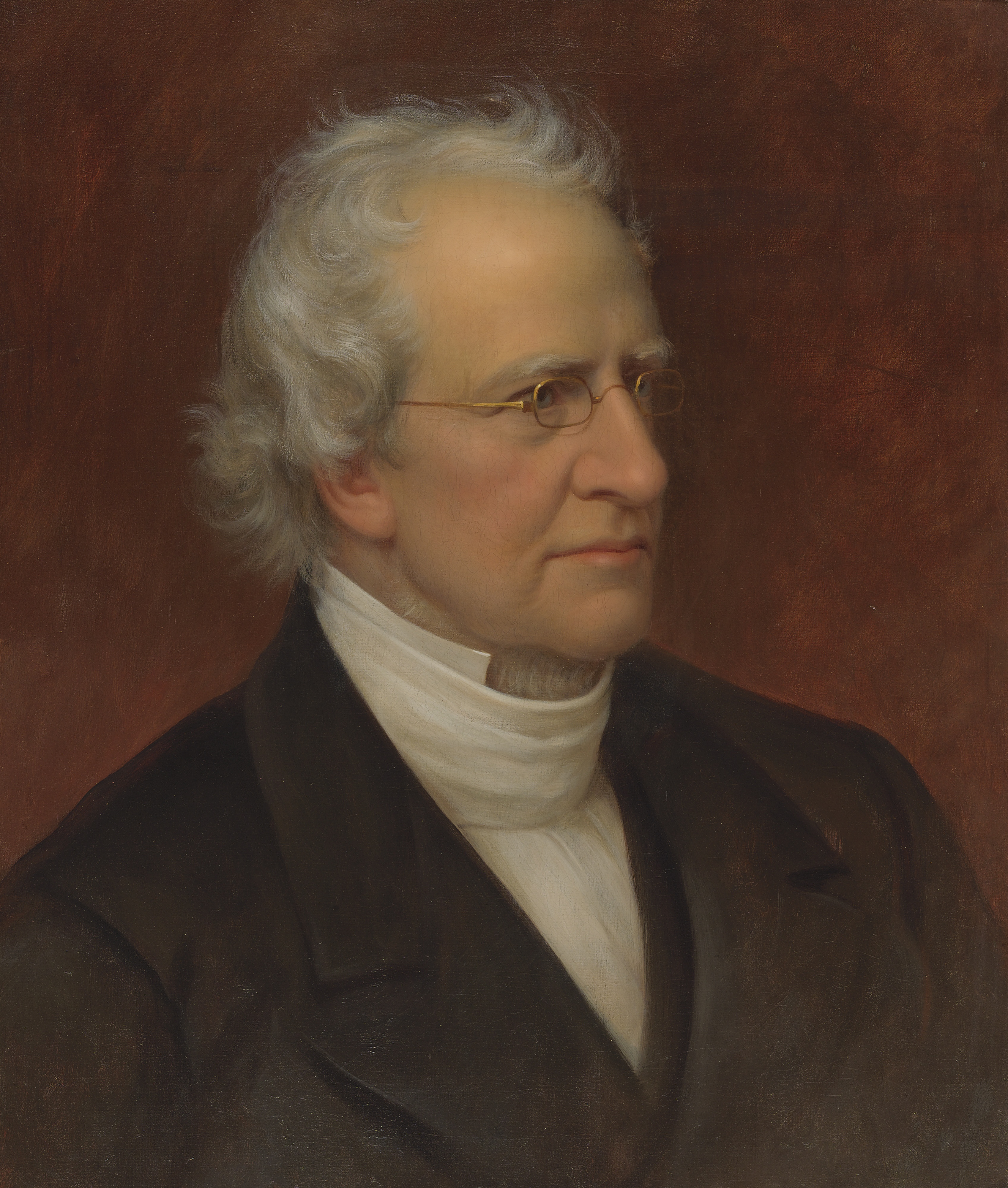Introduction
About the Author
Roy A. Clouser is a philosopher known for his work in the philosophy of religion, particularly his exploration of the role of religious belief in theories. He is the author of 'The Myth of Religious Neutrality,' published by Notre Dame, Indiana in 2005.
Course Information
Institution: ABGTS
Professor: Dr Jonathan V. Exiomo, Th.M., Th.D
Course Name: Research in the Philosophy of Religion Area 490-108
Summary of Contents
The author in his introduction discussed whether theories only belong to those beyond the average person or the average person too. But he said, the truth is that the average person is highly influenced by theories (p 61). In the discussion of religious theories, the fundamental question is like; can those of us who believe in God accept the claim that theories are the final arbiters of truth? How about the independent status of theories and religious beliefs? According to our author, a theory is closely connected with hypothesis, and a hypothesis is an educated guess proposed in order to explain something (p 62). Therefore theory in this case is used to indicate only the explanations that do offer hypothesis and try to justify them by arguments and evidence. Theories actually could be divided as abstract and common sense (p 63). A car may be identified by its color, shape etc; this is more or less common sense theory but when we talk about the car’s velocity, mass, density etc this goes to the abstraction process ( p 65). The theories of science and philosophy thus differ from common sense theories by employing high abstraction in anyone (or combination) of at least three ways.1-to ask question (s) the theory is supposed to answer, 2-to invent the hypothesis proposed as answers to questions, or 3-to evaluate the truth of hypothesis by arguments and evidence (p 65).
So the author chose the abstractions as his way of dealing with ideas coming next. Without abstraction of entire aspects, he said, it would not be possible to specify the kind of properties being investigated or the kind of laws being used to explain whatever a theory is seeking to explain (p 66-69). Another thing is the difference between scientific and philosophical theories. Whereas sciences are devoted to only one or a few specific aspects, philosophy aims at an all encompassing overview; it offers theories which seek to explain the general connection of all the aspects and therefore of all the sciences.(p 70). Therefore philosophy goes for the general theory of reality (ontology/metaphysics) and the general theory of knowledge (epistemology),(p 70). The general theory of knowledge tries to account for what is essential to all knowledge not just a specific kind, mathematics, aesthetics, ethics etc (p 71).
The other thing raised in the book is an entity hypothesis, that an experiment may or may not prove a theory is true (p 74). For example, a theory may say, if A then B, and A is true then B must be true. For example A could mean “ it is raining” and B could mean “the side walk is getting wet.” In that case, “if A then B” would translate, “if it is raining then the side walk is getting wet.” Now the rule says if it is true that it is raining, then it must be true that the side walk is getting wet. The crucial thing about this rule is that, while it works from left to right, it does not work from right to left, which means we are not entitled to say “ If A then B; B therefore A, for even the side walk is getting wet, that will not tell us assume it is raining for other things could cause the side walk to get wet besides rain ( p 75). But to claim that a successful experiment has proven a theory is to make the mistake. Thus the notion that a successful experiment can prove a theory true, is a logical mistake. There is, however, another logical rule that does go from right to left: If A then B not B, therefore not A (P 75). Applied to our sample argument, this would translate into: if it is true that rain will wet the side walk, and if it is true that the side walk is not getting wet, then it is also true that it is not raining. A theory is correct therefore the experiment will succeed but the experiment does not succeed, therefore the theory is (at least partly) false. Therefore, though experiments cannot prove a theory true, they can prove that it is at least partly false.
On the other end you may have pieces present as sufficient for solving the puzzle. This type of hypothesis the author calls as “perspectival” hypothesis. Such theory hypothesis argues that, its chosen aspect accounts for the connectedness between all the others because all the others are either identical with or generated by the one’s assigned priority. The priority is therefore an ontological priority (p 77). According to the author, a view of the nature of reality cannot avoid presupposing divinity (p 78). This comes as a result of an overview of the nature of reality, and thus also identifies the nature of what is taken to be divine per se. This is all about the existence of physical and non-physical properties (p 79).
Under his criteria for judging theories, he said, entity theories often lead to predictions which can be checked by experiments. Breadth of application is also easier to determine for an entity theory. It can be obvious whether a proposed entity, when utilized by another theory, yields to confirmable results. By contrast, these standard procedures for judging entity hypothesis do not seem to work for perspectival overviews at all because they are almost never able to be confirmed by experiment. The breadth of any overview perspective is (at least potentially) universal; all reality can be overviewed from the stand point of, say, its quantitative, special, physical, sensory, or logical aspects, etc (p 82).
The author has also added incoherencies over and above logical inconsistency that need to be exposed, defined and avoided (p 83). The first of these criteria rules out any theory that makes a claim which, while not contradicting any other statement of the theory, is incompatible with itself. For example the claim sometimes made by Taoists that “Nothing can be said of the Tao” taken without qualification, this is self referentially incoherent. Nothing can be said of Tao is something to say about Tao. The same way the claim once made by Freud that ‘every belief is a product of the believer’s unconscious emotional needs’. This statement is nothing more than the product of Freud’s unconscious emotional needs (p 84). The next criterion says that a theory must not be incompatible with any belief we have to assume for the theory to be true. For example, the claim by some philosophers, saying all things is exclusively physical. However, the assumption itself is non-physical. The last of the three criteria’s says, that a theory must be compatible with any state that would have to be true of a thinker, or any activity the thinker would have to perform, in order to have formulated the theory’s claims. For example, if somebody said there is no such thing as language, yet he/she says this using language, such theory is a self- performativity incoherent (p 85). The same way Descartes saw that one thing that could not reasonably be doubted was his own existence. This was because he had to exist in order to perform the act of doubting. That is where the incompatibility lies (p 86).
Theories and Religion: The Alternatives
This chapter has begun by a brief sketch of the position taken by western thought concerning the general relation of divinity beliefs to theories. In his sub topic about religious irrationalism, the irrationalist view can be stated as it says that reason and divinity beliefs have nothing to do with one another. As a consequence, neither is capable of passing any judgment on the other (p 89). This implies that philosophy and religion have nothing to do together. Christianity should not be defended unless otherwise being a de facto Judas number two. This is true for both Soren Kierkegaard and Friedrich Schleiermacher, as religious belief was isolated from reason because religion is strictly a matter of feeling (p 90). This notion somewhat makes reason autonomous and faith optional (p 91).
Then the author continued to discuss religious rationalism. He said, religious rationalism agrees with religious irrationalism about the neutrality of reason, respecting all matters, differs only concerning the limit’s to reasons scope, meaning reason may not be able to judge religious facts (p 93). Most theistic thinkers today hold a combination of strictly biblical position and the rationalist position which the author calls the radically biblical position and also wants to defend this position (p 94). Here the author affirms that no sort of knowledge is religiously neutral and for him religious belief guides and directs the use of reason in all of life (p 95). This position therefore disagrees with religious irrationalism by denying the notion saying “belief in God is either blind trust or walled off from rationality. On the contrary, it holds that one or another divinity belief always directs the way people use rationality to interpret the whole range of their experience, so that the full truth about any subject matter does indeed depend on having the right divinity (p 97).
Another important thought is religious scholasticism. As was already admitted, long before the rise of Christianity, there were strong differences of opinion among Jews concerning the proper attitude to take toward the relation of their faith to the rest of life, particularly to culture. For some Jews life and culture is maintaining worship to the true God and observing the Law of Moses. Others see most of life and culture as religiously neutral (p 98). The second view later came to be called the position of the “school men” and still later was simply called “scholasticism”. This term is not necessarily used to refer Thomas Aquinas or Aristotle but is used for the position that understands the general relation of divinity beliefs to theories. In scholasticism, the authority of revelation taken on faith is superior to that of reason alone (p 100). Moreover, it is clear that on this position most theories in many other sorts of knowledge and truth are religiously neutral. So long as they do not contradict any revealed truth, they need not be impacted by belief in God-or any other divinity at all. So the scholastic challenge was how to harmonize any potential conflict between faith and reason (p 101). There is a wide consensus between scholastic thinkers in the points such as; humans are naturally rational but not all have the faculty of faith; the faculty of faith comes as a gift from God to a person. This faculty faith supplements the person’s reason (p 102). Among thinkers who believe in God, scholasticism is still by far the most popular position in the world today (p 105). Most reforms after aimed at the rejection of the scholastic partition of religious belief and reason (p 106).
Our summery for this portion ends at chapter 6 of the book on the idea of religious control. Here, is the view that sacred scripture (or theology derived from it) contains inspired and thus infallible true statements about virtually every conceivable subject matter. It is this conception that typifies fundamentalist thinking (p 111). But contrary to fundamentalists, scripture does not suggest that creation witnesses to its maker by requiring that we import him regularly to explain how creation works. Scripture sees creation as revealing its maker by exhibiting itself to be dependent rather than self-existent either in part or in whole (p 114). The purpose of Biblical writings is to record God’s activities in establishing his covenant with humans and to preserve the content of that covenant message (p 115). A little focus on the creation story of the book of Genesis for example, superficially seems to tell us chronology and order of days in which God has created the universe; however it rather tells us more of a way of expressing the “why” of God’s creating rather than its “how”(p 117). The same thing lies behind the creation of man, which is concerned about the purpose rather than the process, as humans are made in the image of God (p 118). The author therefore concludes that the fundamentalist interpretation of Genesis obscures the religious nature of the account as preamble to the Mosaic covenant, ignores the internal structure of the days of creation, and fails to connect Genesis’s definition of “human” to its account of human origins (p 121-124).
Reflection/Reaction
As I was reading through, I had a question as to why the author chose to say the title of this book “the myth of religious neutrality”. The title became clear to me as I approached the last three chapters on religious rationalism, religious scholasticism and religious control. Science uses theories, of course those which are coherent and may be justified through hypothesis and series of arguments and experiments. The same is true for philosophy except that the focus of philosophy may be general than specific as for science. The question is; can we follow the same procedures for religious thoughts? Can we say that religion has nothing to do with theories, reason and rationalism?
I personally see that there is an ample chance to make religious thought theoretically verifiable, scientifically provable and philosophically sensical. The first thing that we should avoid is the religious fundamentalist attitude, which claims that religion has nothing to do with reason, science or so. Secondly we should be careful not to suggest incoherent concepts. Third, tools used as criteria’s for science and philosophy must also be inspected as to their capacity to deal with everything of nature. To make myself clear on this point; religion is not and should not be neutral as religiosity, be it right or wrong, is very natural to all human beings be them in this category or that. There is no science which totally does away the faith element though it claims to be so. The same way there is no philosophy which can do away the faith element though it may claim to be so. A simple example is the step which science calls as hypothesis. The experiment or theory moves to this step “believing” that it would prove to be true. Then series of experiments may prove the hypothesis to be true or false, yet the initial move is a faith move and of course the final conclusion is always expected to be reasonable.
Doesn’t this work for religion? I think it works. As the first step in religion is a faith step, that is not all at the end. The faith element is always added by proves of whatever kind in the sojourn of a believer which I think makes the initial faith step more concrete and reasonable through time. Yet, if we are trying to put our religious thought in the frames of philosophy or scientific criteria’s we must try to put it in a coherent manner as much as possible. In addition to this the tools which we use for science or philosophy may not be enough for a taste of religious matters, as religious matters are broader than the focuses of science and philosophy.
Therefore, the first thing is to see which of these disciplines is really all rounded? It seems that science cares for the empirical world and for matters physical. Philosophy may care very much for matters of origins and of course the metaphysical and physical. Yet, fairly seen, religion is the umbrella for science and philosophy so to say, as religion has everything of nature, the physical, the spiritual, the ideal, the practical, the faith, the reason part and beyond. My position here of course, is never in line with religious fundamentalism. Therefore religious texts such as the Bible can be theoretically verifiable, therefore scientifically convincing and philosophically sensical, if they are examined in their own terms and on the purposes they deal with.
Questions
- Which discipline do you think is all rounded as you may compare and contrast science, philosophy and religion?
- Can you prove your claim through series of arguments to the seminar participants?




